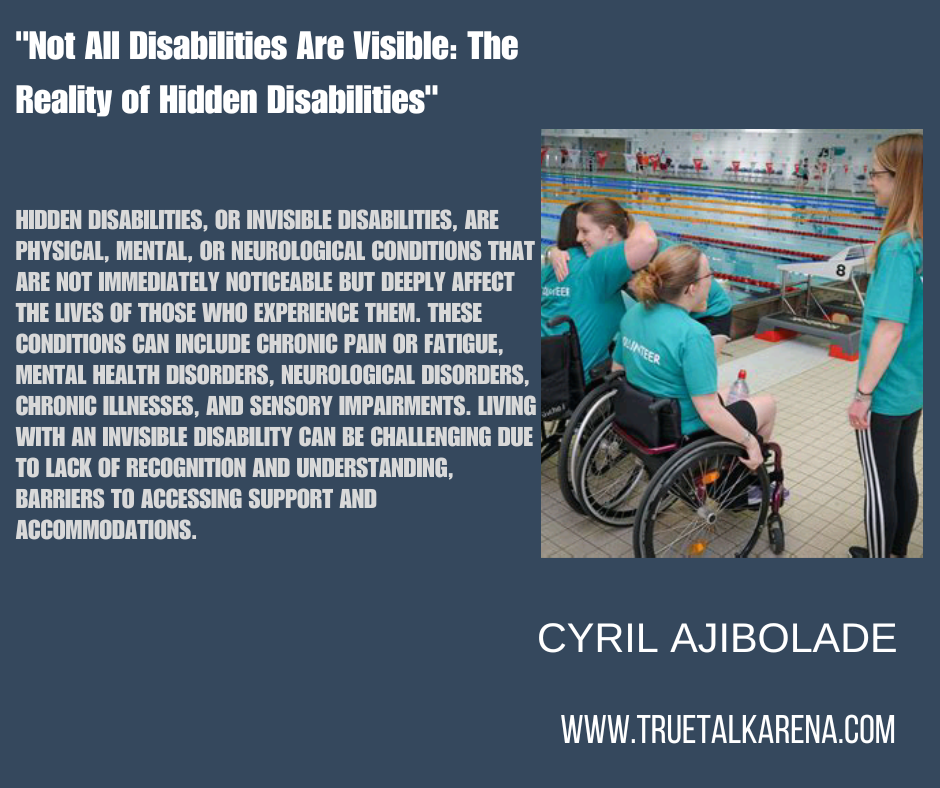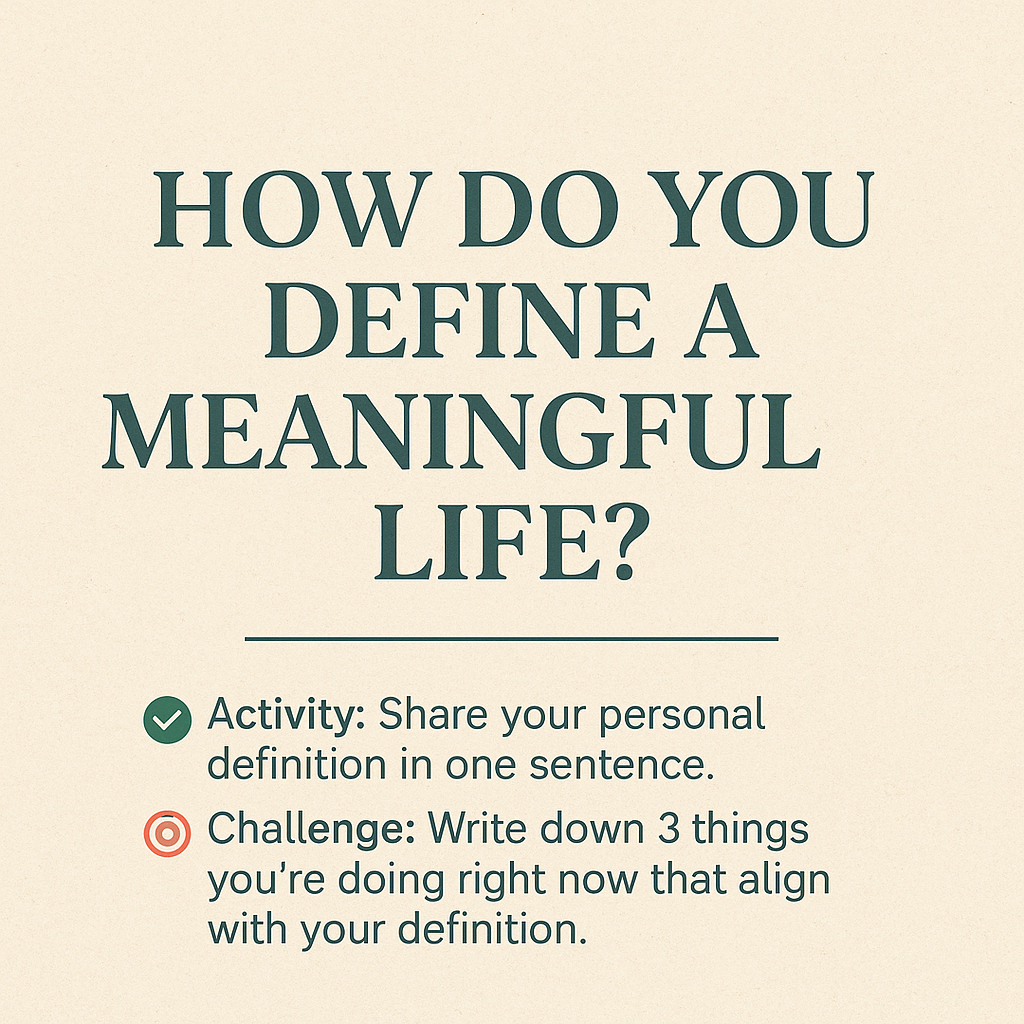
Not All Disabilities Are Visible:The Reality of Hidden Disabilities "
When we think of disability, images of wheelchairs, crutches, or visible impairments may come to mind. Yet, not all disabilities are apparent to the naked eye. Hidden or invisible disabilities are a significant yet often misunderstood part of the disability community. These conditions may not be immediately recognizable, but they deeply affect the lives of those who experience them.
### What Are Hidden Disabilities?
Hidden disabilities, also called invisible disabilities, refer to a wide range of physical, mental, or neurological conditions that aren't immediately noticeable. These can include, but are not limited to:
- **Chronic pain or fatigue**: Conditions like fibromyalgia, lupus, or chronic fatigue syndrome often cause debilitating pain or exhaustion without visible symptoms.
- **Mental health disorders**: Anxiety, depression, PTSD, and bipolar disorder can severely affect a person's daily life, despite no outward physical indicators.
- **Neurological disorders**: Autism spectrum disorder (ASD), ADHD, and dyslexia are examples of cognitive differences that impact learning and social interaction but don't have obvious physical signs.
- **Chronic illnesses**: Conditions like diabetes, Crohn’s disease, or multiple sclerosis are long-term health conditions that can lead to a range of serious complications, despite the person appearing outwardly "healthy."
- **Sensory impairments**: Hearing loss, vision impairment, or sensitivity to light and sound can be less apparent but still severely limit a person's experience in their environment.
### The Challenges of Living with an Invisible Disability
One of the biggest challenges for individuals with hidden disabilities is the lack of recognition and understanding. Unlike visible disabilities, which often come with a level of societal awareness and empathy, invisible conditions may be dismissed or overlooked. People living with these disabilities often hear phrases like, “You don’t look sick,” or “But you seem fine,” which can feel invalidating.
This lack of visibility can also result in barriers to accessing support and accommodations. Someone with a hidden disability may need extra time for tasks, quiet spaces, or medical care, yet face resistance or disbelief when requesting these adjustments because their condition isn't obvious.
Another issue is the mental toll of explaining or justifying their condition. Many people with invisible disabilities feel pressured to constantly explain their limitations to others, leading to feelings of frustration, isolation, and sometimes shame.
### The Importance of Awareness and Empathy
It's crucial to acknowledge that disability isn't always visible, and every individual’s experience is unique. Just because someone appears "normal" or "healthy" does not mean they aren’t facing significant struggles.
Here are ways we can all work towards a more inclusive and understanding society:
1. **Listen without judgment**: When someone discloses their invisible disability, believe them. Avoid dismissing their experience just because you can’t see it.
2. **Offer support and flexibility**: Whether it’s a colleague asking for a quieter workspace or a friend needing to cancel plans due to chronic pain, be compassionate and accommodating.
3. **Educate yourself**: Learn about various invisible disabilities, so you're better equipped to understand and support people who have them.
4. **Avoid assumptions**: Don’t assume someone is "faking it" just because they look well. The invisible nature of many conditions doesn't make them any less real.
### Building a More Inclusive World
As we move toward a more inclusive world, it’s important to broaden our understanding of what disability looks like. Disability isn't always something you can see, and invisible disabilities are just as valid and challenging as visible ones.
Recognizing the existence of hidden disabilities is the first step in creating an environment where everyone feels understood, supported, and accepted. By fostering a culture of empathy and openness, we can help reduce the stigma surrounding invisible conditions and ensure that people who live with them receive the understanding and accommodations they deserve.
In the end, it's important to remember that appearances can be deceiving. Just because someone looks fine on the outside doesn’t mean they aren’t battling something on the inside. By staying open-minded and compassionate, we can make a big difference in the lives of those living with invisible disabilities.



0 COMMENTS